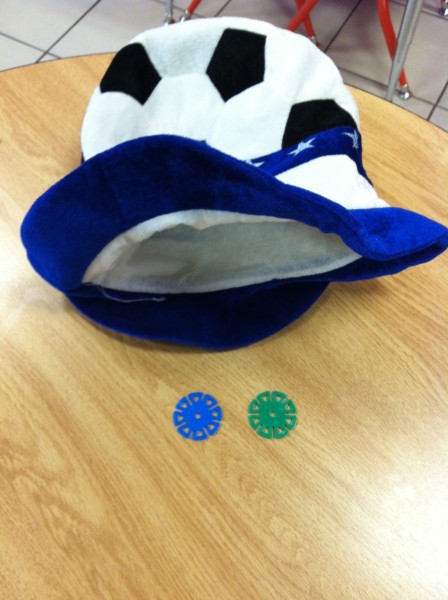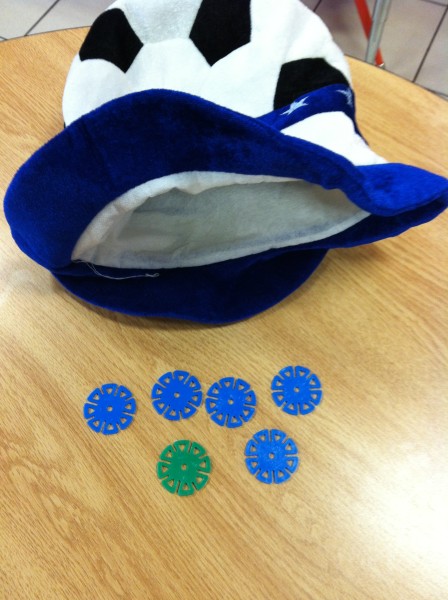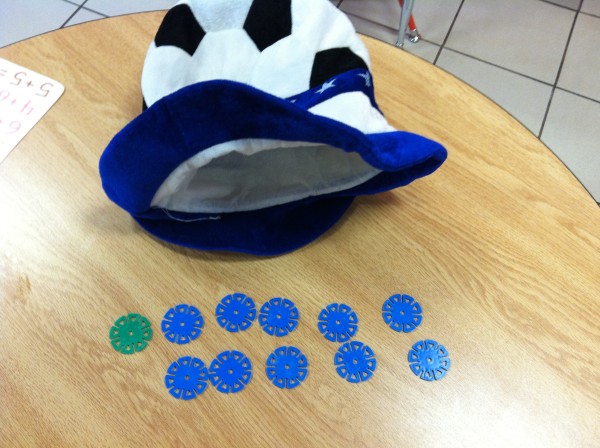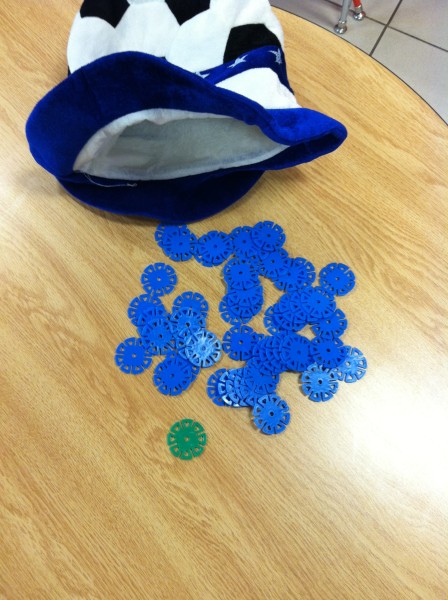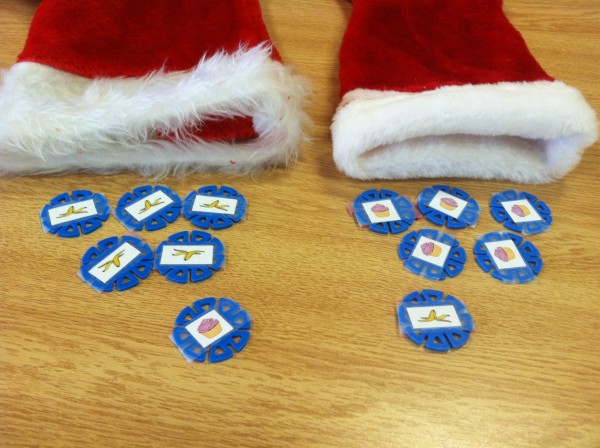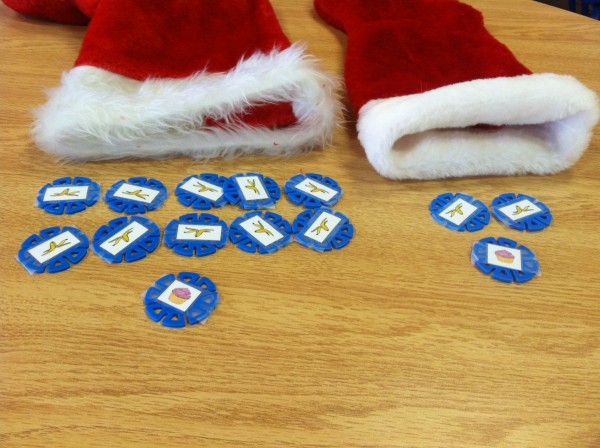This summer I decided to take on the challenge of teaching my students about probability. Why, you might ask, would I teach such a difficult concept to such young children?
For one thing, probability is not something that comes naturally to most people. Our brains don’t seem predisposed to think logically about chance. We make mistakes on a regular basis, resulting in more danger and discomfort than we would otherwise endure. If we peer into the world of physics, quantum mechanics tells us that probability is part of the very nature of the universe, a truth that eluded Albert Einstein. (If only he had me as a preschool teacher…)
Despite our less than stellar reputations dealing with chance — ahem, gambling — we use the language of probability all the time. We talk to children about what might happen, or what will probably happen. And every kid is familiar with the dreaded ‘maybe’ response, which usually (probably?) means an impending ‘no’.
Now, I don’t expect my young students to fully grasp the concept of probability. I don’t know whether it’s a concept they can even begin to grasp. But if I want them to get there eventually, an early introduction could be valuable. Perhaps they will benefit from it later in their lives. Similar logic pervades my practice. I often introduce difficult concepts that I do not expect my students will fully comprehend. I tell them that it’s okay if they don’t quite understand, and that they’ll learn more when they’re older. That forward outlook is a part of my approach to teaching.
How Did I Teach Probability?
My method was pretty standard: put a bunch of things in a hat and then repeatedly pull one out. At first, I used differently colored toys. We took turns pulling toys out, while I provided constant reminders about our chances, saying things like, “We don’t know what’s going to happen, but we will probably get a blue one, right?”
Then, we talked events in our lives. We sometimes know what will probably happen, but we can’t always be sure. People often talk about things that might happen and things that maybe will happen. A few examples I brought up are: it might rain today; your balloon might pop; maybe you will win a board game; you might get sick if you eat too much candy.
A Slightly Different Approach
In a follow up lesson, a couple of weeks later, I took a slightly different approach. I wanted to use something more meaningful than colors, so I cut out pictures of cupcakes and banana peels and stuck them to the toys we would be drawing.
We used two different hats this time. We looked at what would be in each hat, and then we made a decision about which hat would give us a better chance of getting a cupcake. Then we took turns drawing from the hat we had chosen. Even though we made good decisions, we still ended up with a banana peel from time to time.
After many turns drawing cupcakes (“Yay!”) and banana peels (“Oh well”), we talked about another real life example. I asked the kids why we wash our hands. They confidently replied, “So we don’t get sick!” However, I pointed out that we might get sick even when we wash our hands, just like we might get a banana peel even if there are many more cupcakes in the hat. Washing our hands gets rid of germs, which makes it so we probably won’t get sick. It’s kind of like having fewer banana peels in a hat.
How did it go?
With quite a bit of scaffolding, my students were able to demonstrate some early understanding of the concepts. They could determine which items we were most likely to draw, while also recognizing that there is uncertainty — that we may end up with something improbable. Some of our discussions were pretty abstract, especially the discussion of hand washing. I’m not sure if any of that really stuck. It’s hard to say. We have since moved on to other lessons. I haven’t dedicated any time or effort to assessing the depth of understanding we reached. Nevertheless, I consider it a success.
Credit goes to Emily Conover, who convinced me to try this experiment. Check out her blog, Weak Interactions.
